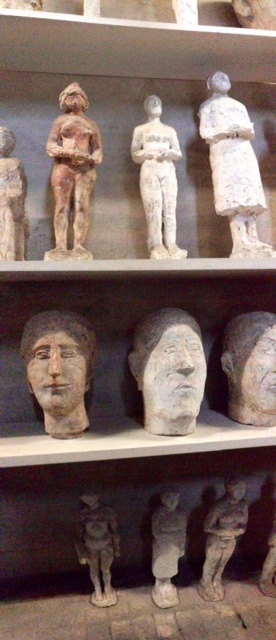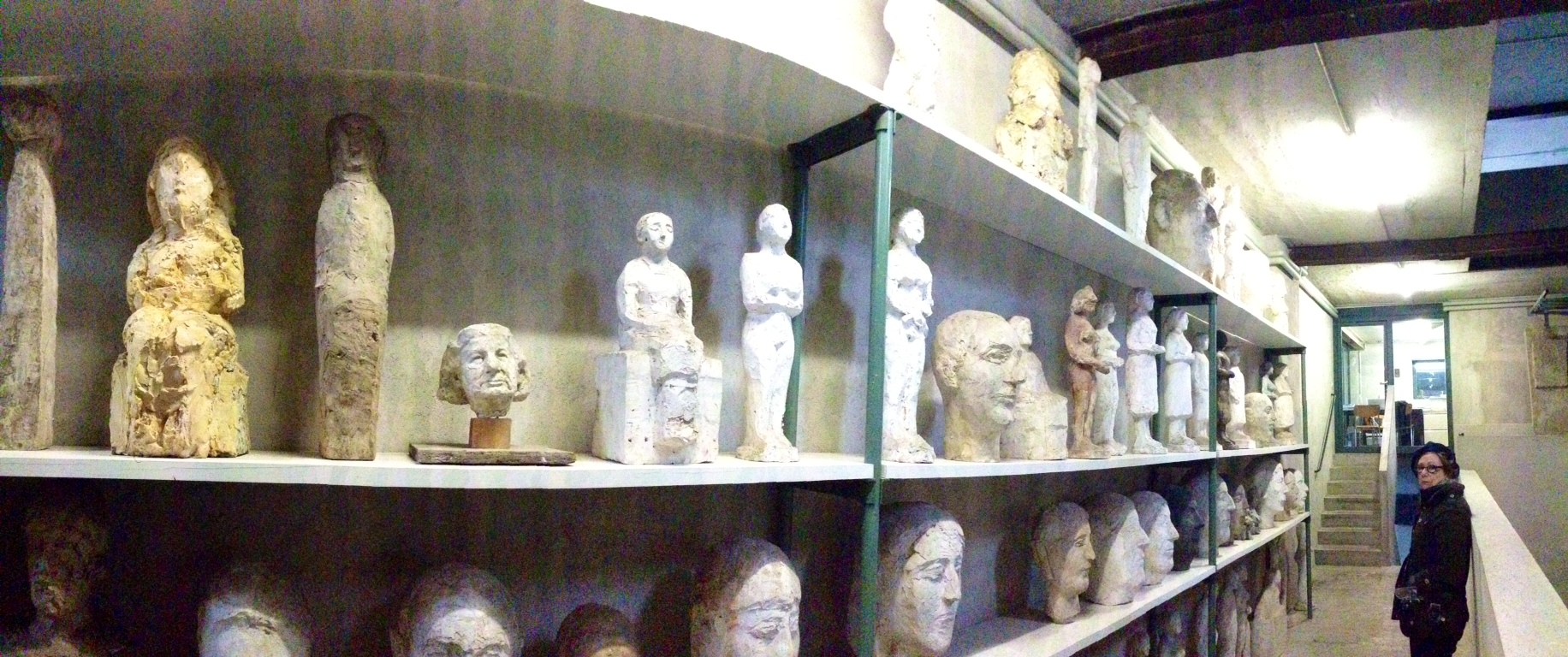For the past four days I have been in Zurich, Switzerland to study the sculpture, of the late Hans Josephsohn. A German-born, Jewish sculptor, Josephsohn arrived in Switzerland before the Second World War, enabling him to survive the Holocaust while the rest of his family perished. He remained in Zurich, until his death in August 2012.
In a life devoted to his sculpture, Josephsohn, was little known internationally, until a breakthrough survey exhibition at the Stedeliijk Museum in Amsterdam in 2002. This body of work,a revelation to many, signalled the existence of this important artist.
In this remarkable body of work, he made plausible, his insistence on the continuing centrality, of the figure in sculpture. That body of work is now housed in the Kellerhaus Josephson, part of a factory complex on the outskirts of St Gallen.
I travelled out there to meet Ulrich Meinherz, a director of Galerie Felix Lehrer, who manage the Josepsohn estate, a work requiring great passion. Words, certainly mine, seem inadequate to describe entering this capacious complex and encountering this equally vast and visceral body of work, for the first time. For me, it was a profoundly moving experience. I have long believed that great art, signals its existence in the inspiration it encourages, to continue one’s own work, whatever that may be. Truly great work delivers an affirmative experience.
Great art does not obfuscate, it’s clarity of purpose draws one in, rather than shut one out. It’s presence, whatever form it has taken, is total. You sense that the artist is conveying absolute conviction.
In Josephsohn’s case, that undertaking at first seems very simple, he made figures. He made figures that stand sit and lie, he made heads in every conceivable scale and he made figures to function in enigmatic reliefs. He did this over and over again, as this stupendous body of work, his life’s, attests.
He made figures in plaster and clay, the most fundamental sculptural materials. He constructed rudimentary volumes in plaster, he had poured into thick sheets. Over those volumes, he slowly built his figures, indirect reference to whatever model he was using at the time. Over the many years, it might take him to find his resolution to that body, Josephson, would have transformed, appearance, into a new reality, or otherness. He seemed disinterested in the detailed physiognomy that might demonstrate his mastery of its complexities, as many before him had done.
Instead, Josephson recognised, the radical dynamic, inherent in an apparently static body. That pulsation of life, that is, in all things. He spent his life, representing that dynamic as a tangible presence in his otherwise, still sculptures. Perhaps it is the artists job, to make that life manifest, for others? That understanding, empowered ancient civilisations, such as the Greeks, who intern provided much of the bedrock on which Western thought could grow.
In that vast repository in St Gallen, Josephson, provides the visitor, an almost complete history of the body in sculpture. We trace the developing awareness of man, his mind, as a free entity in space. It serves us well to be reminded of this reality and this is Josephson’s legacy.
My other Josephsohn pilgrimage, in Switzerland, was literally just that. Travelling to the remote village of Giornico, to view the equally remarkable museum, the architect, Peter Merkl designed and built there, as a permanent sanctuary for his friend’s work. That, however, will have to wait for another blog.
In this blog post Australian sculptor Stephen Hart explores the work of Hans Josephson.
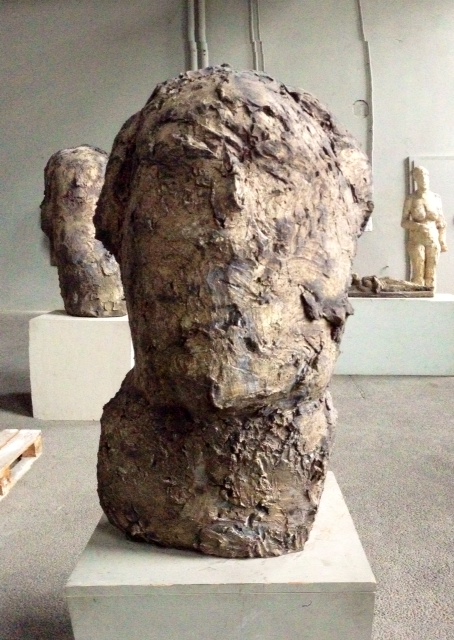 Large head, cast brass. StGallen
Large head, cast brass. StGallen 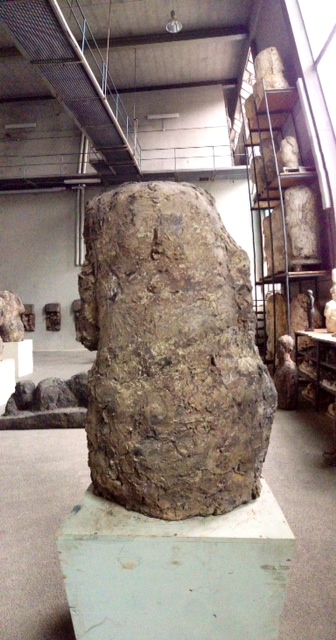
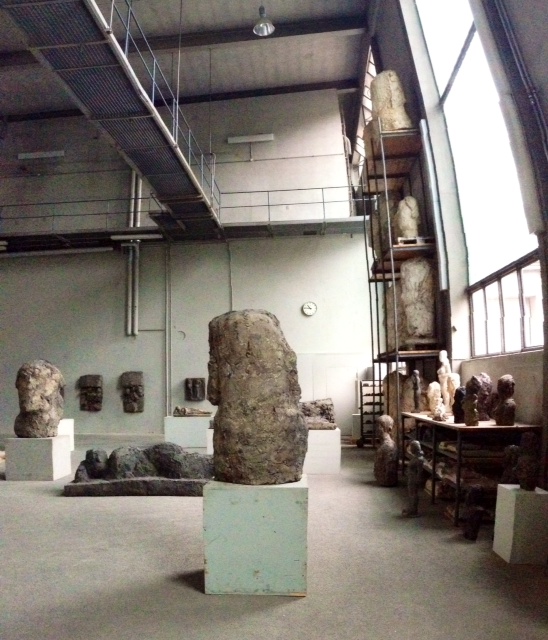
 Kellerhaus Josephsohn, St Gallen , Switzerland
Kellerhaus Josephsohn, St Gallen , Switzerland 